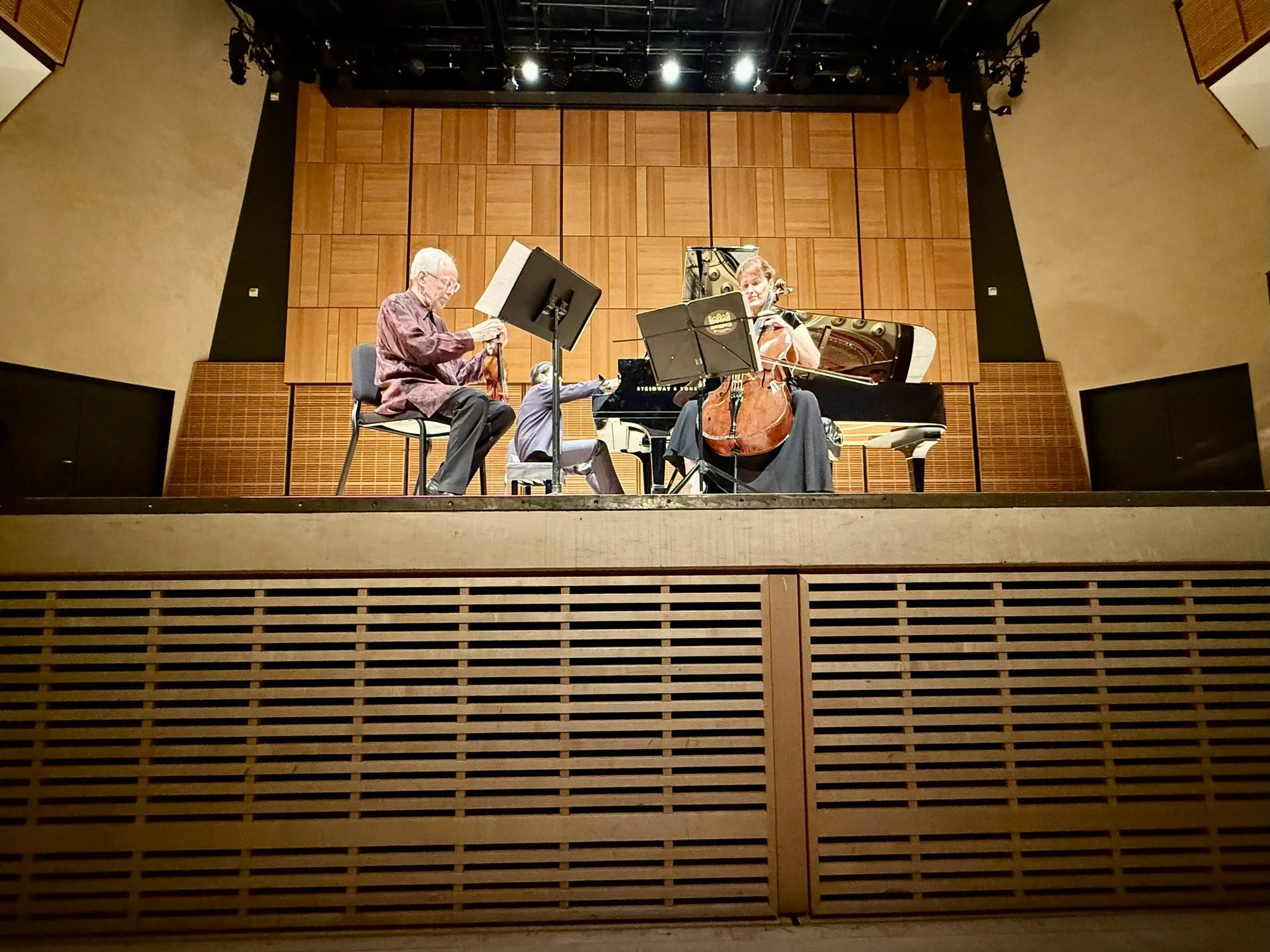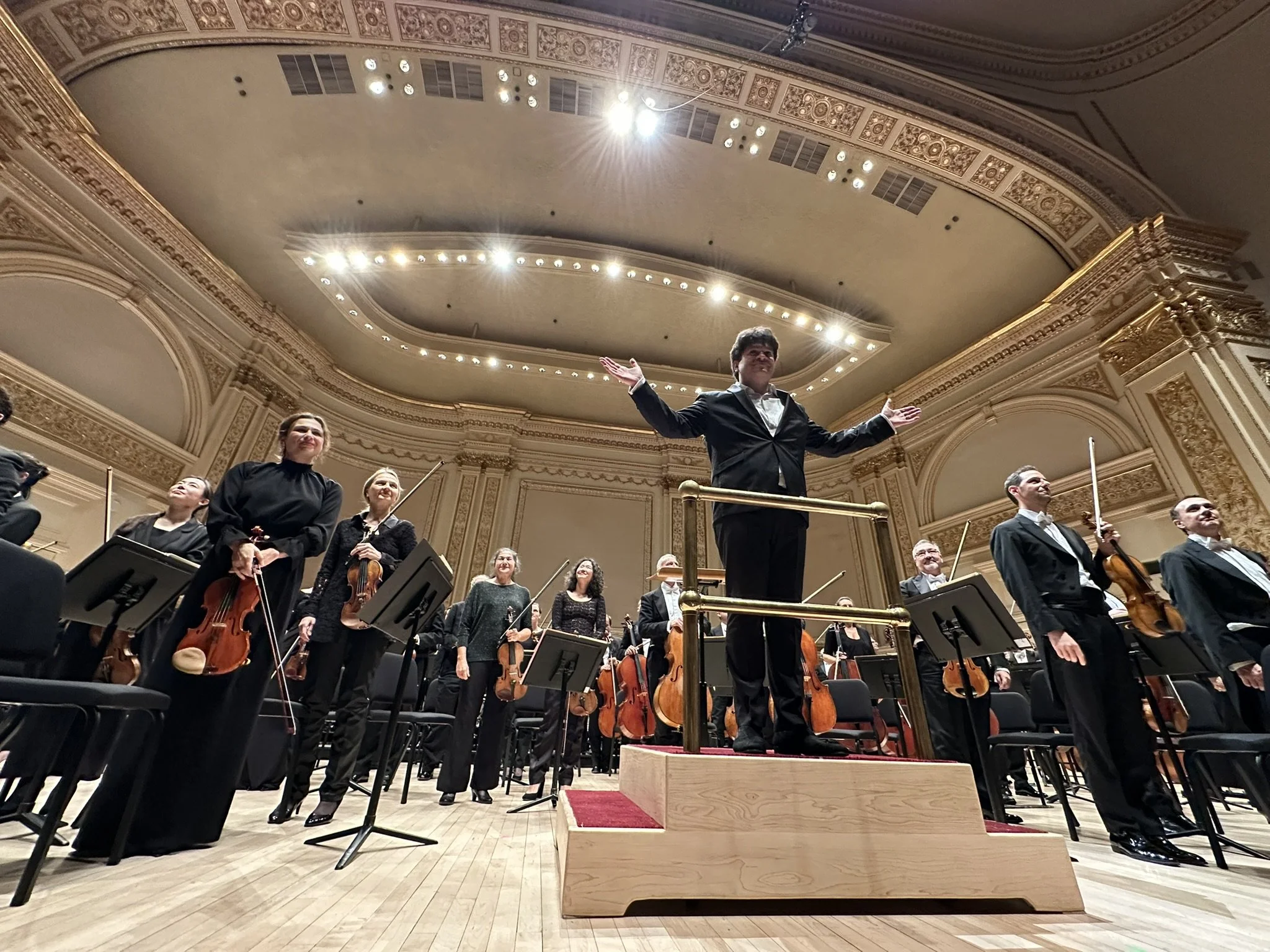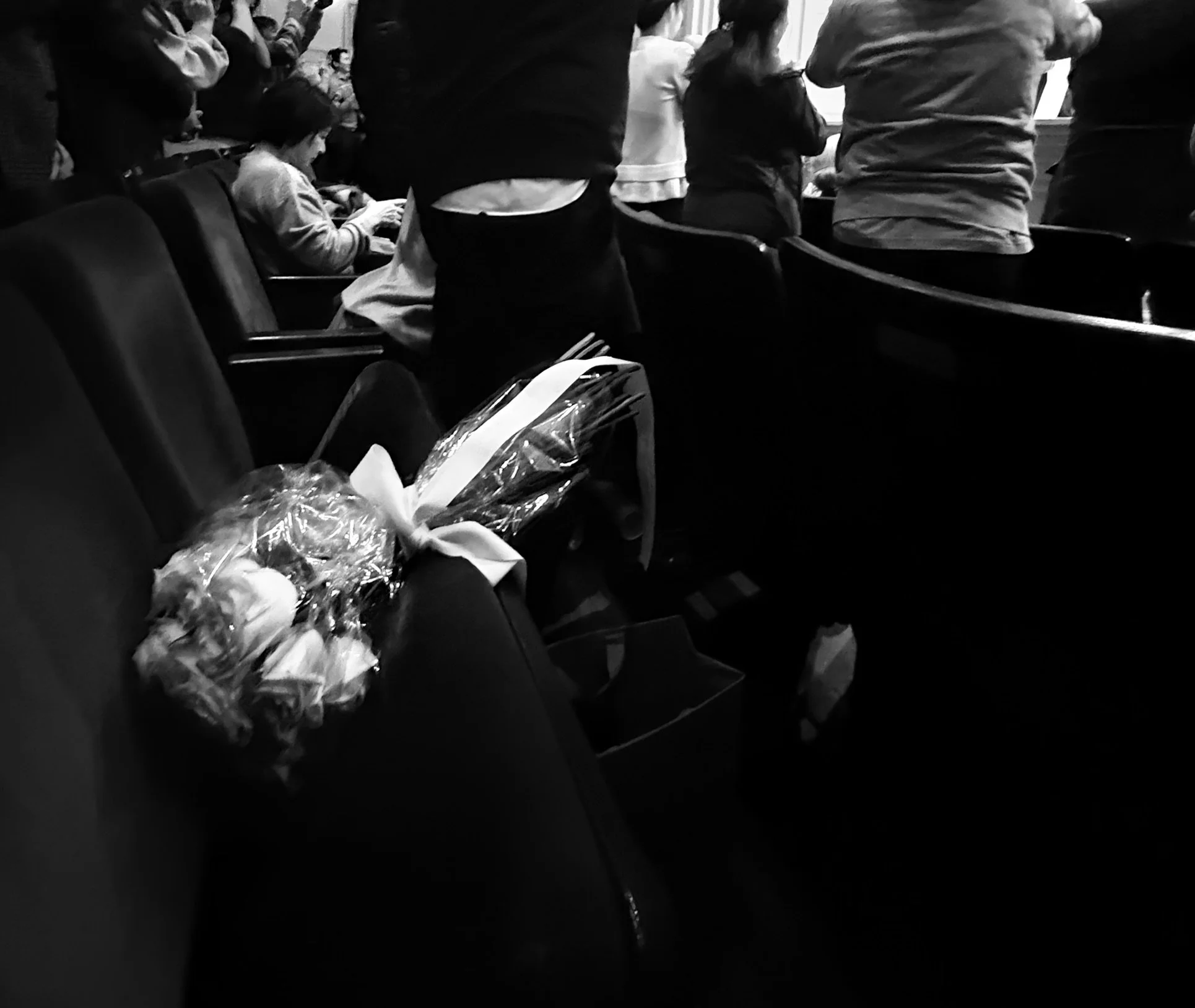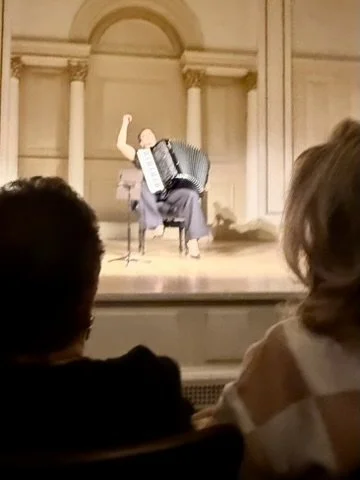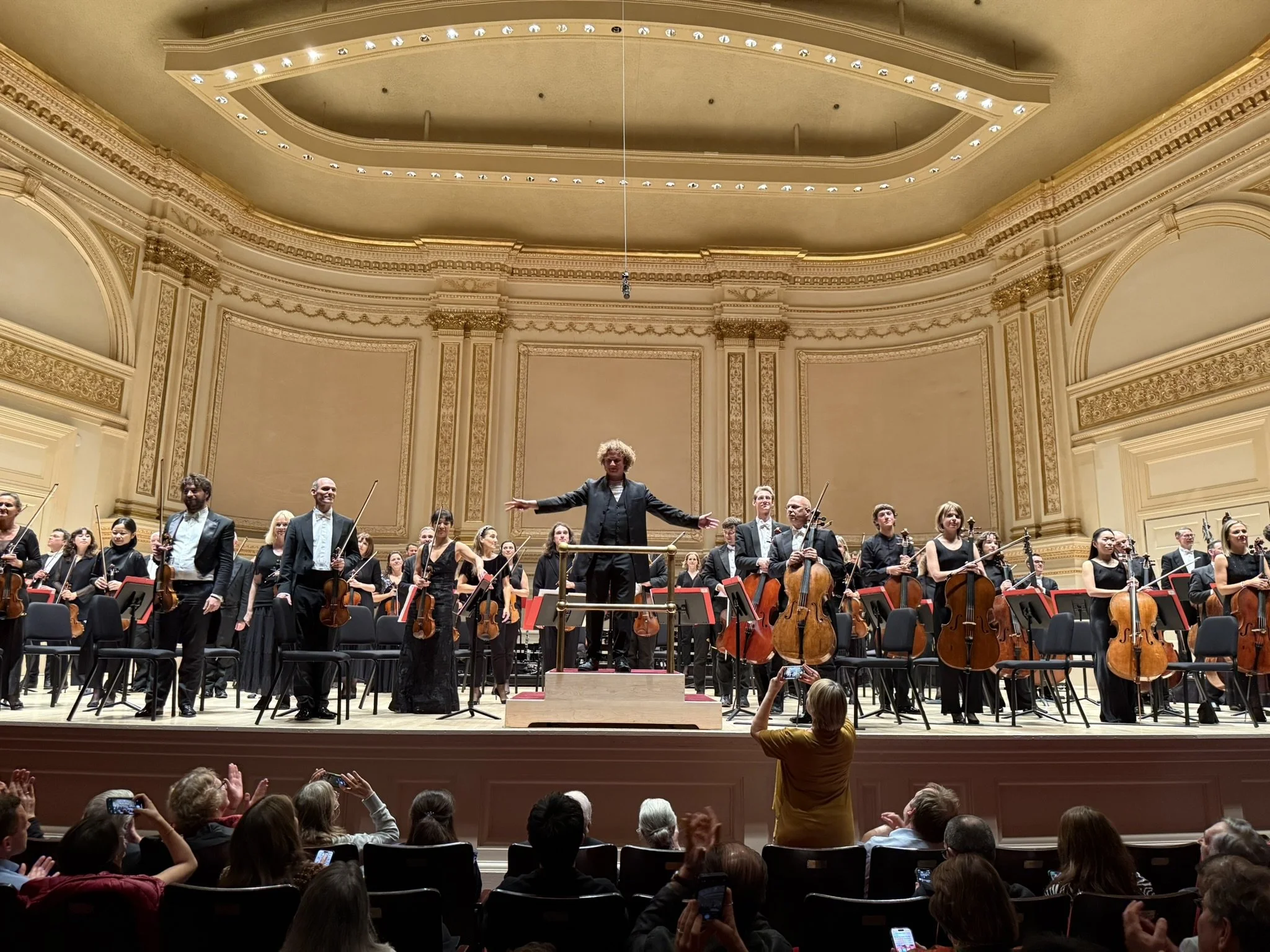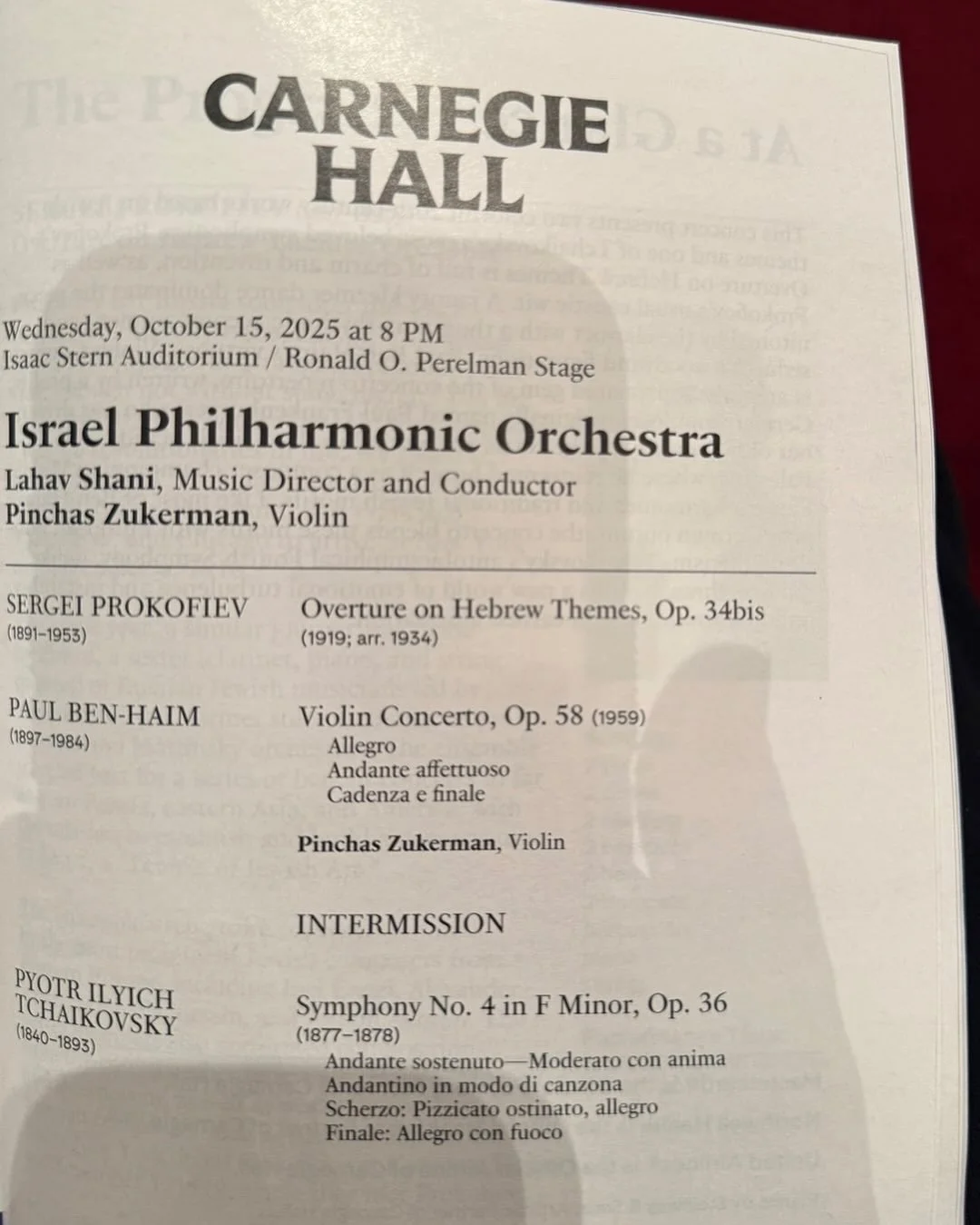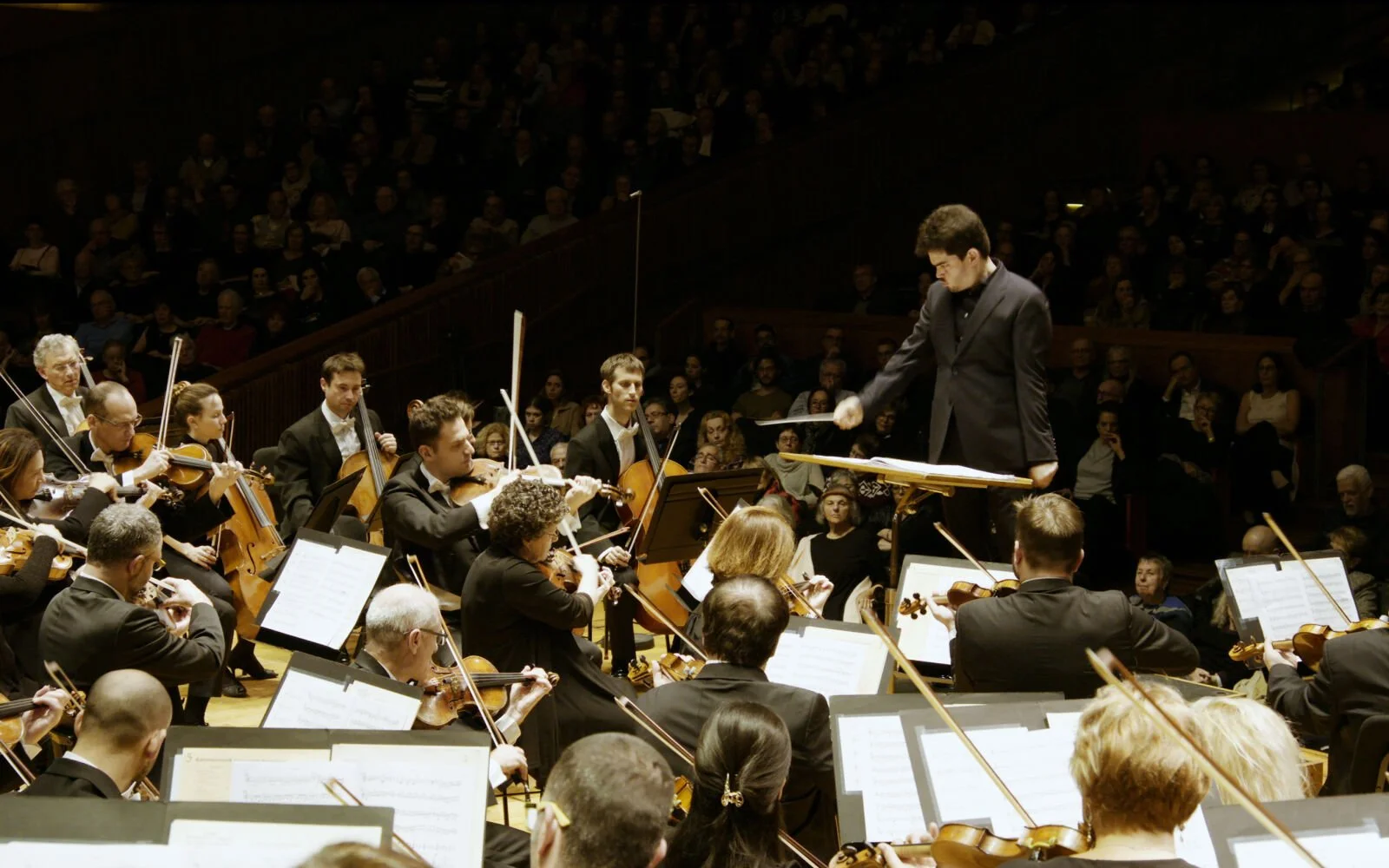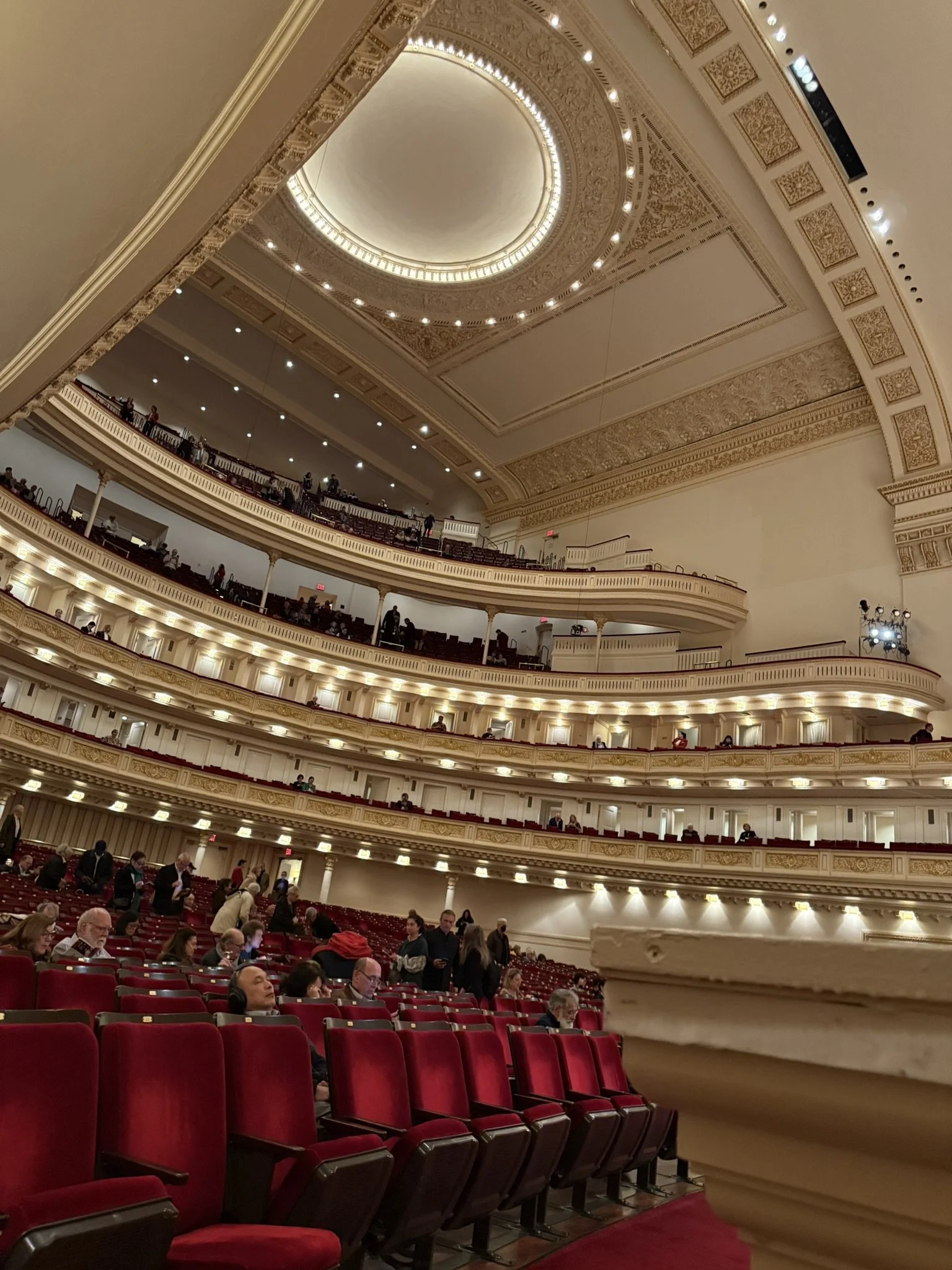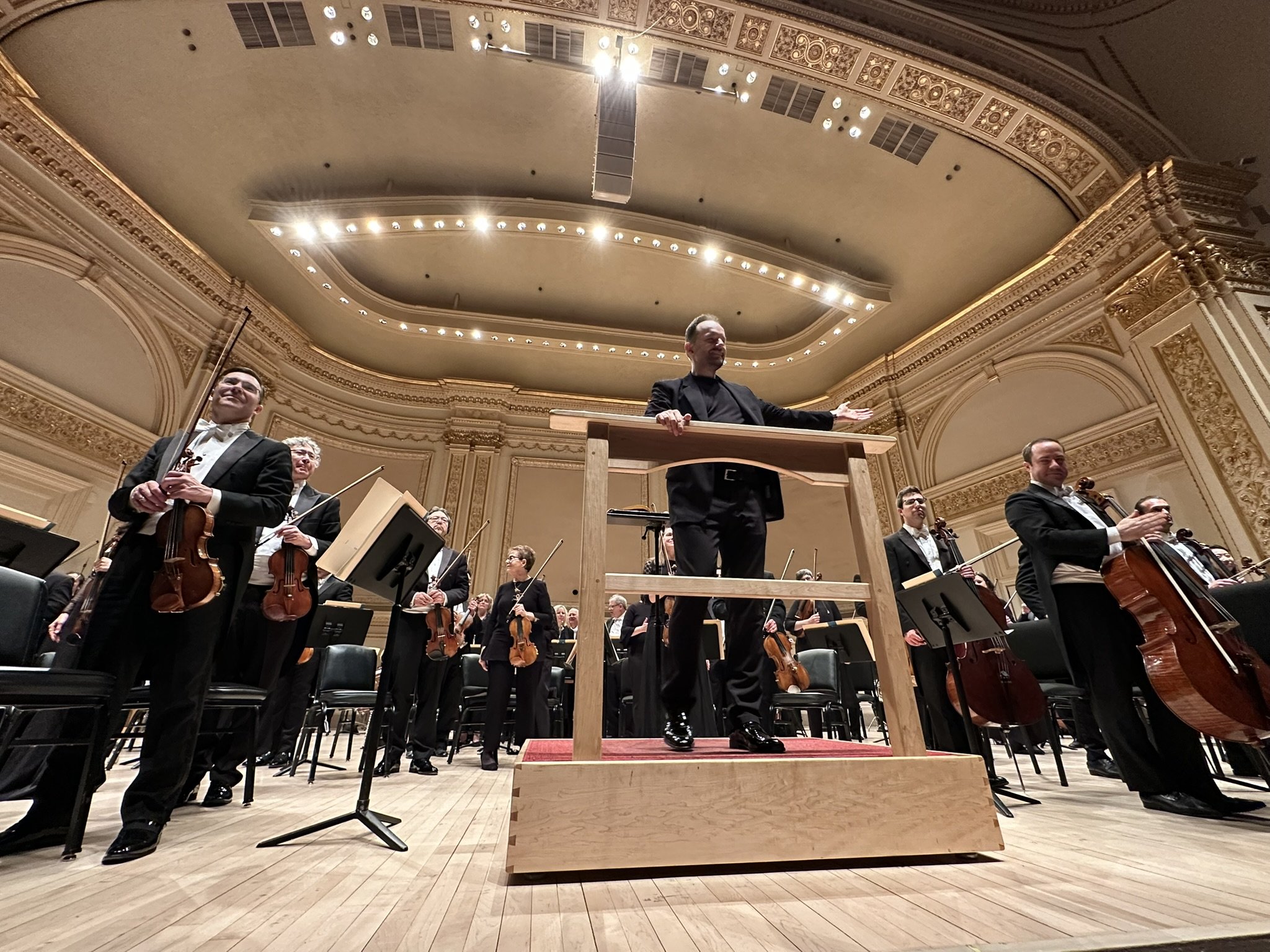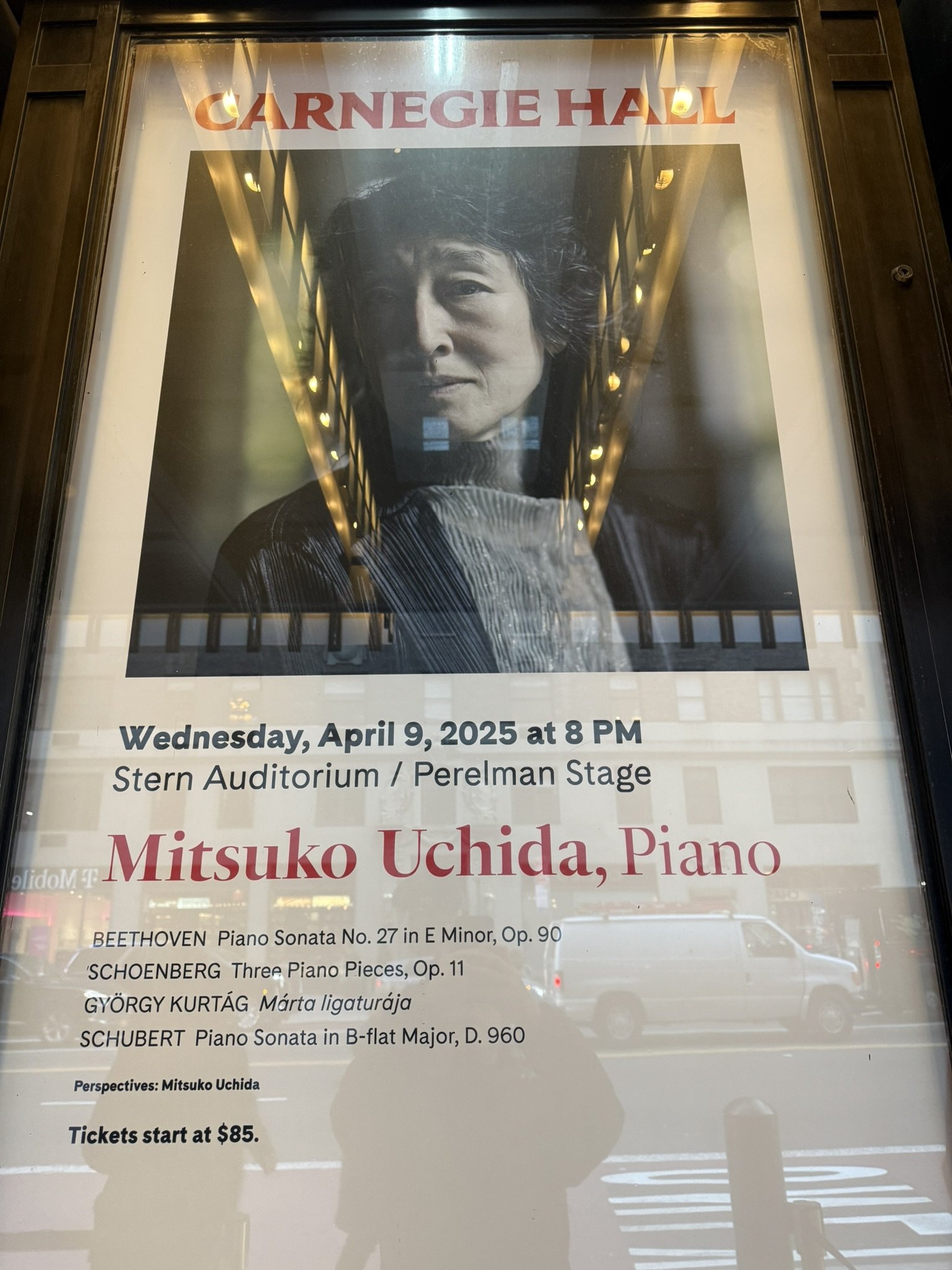The Philharmonia’s 80th anniversary concert on 10.29.2025 opened with Gabriela Ortiz’s If Oxygen Were Green, a vivid 21st-century exploration of light, water, carbon dioxide, consonance, and dissonance. Beethoven’s Piano Concerto No. 5 followed, with Víkingur Ólafsson’s playful, defiant piano weaving through the orchestra, while principal cellist Tim Hugh and the basses created tender, whispering tones that blended woodwinds and strings in intimate dialogue. Under Santtu-Matias Rouvali, the orchestra breathed with distinct shapes, colors, and intentions, alternating freedom and discipline like a modern Beethoven. Sibelius’s Symphony No. 5 unfolded with microtonal patterns, off-beat syncopations, and evolving themes; bass and cello provided a living pulse, while horns, winds, and strings conversed with microscopic detail, merging human emotion and natural sublimity. The Andante mosso recalled Beethoven’s Ninth, the third movement rose like a creature shedding its skin, and the finale’s deep cello-flute resonance and bass drum strokes created a timeless, awe-filled silence. Over two days, the warmth of cello and double bass, especially in the Sibelius waltz encore, revealed the orchestra’s capacity to transform controlled technique into simple, joyful, Karajan-like radiance.
Read More

